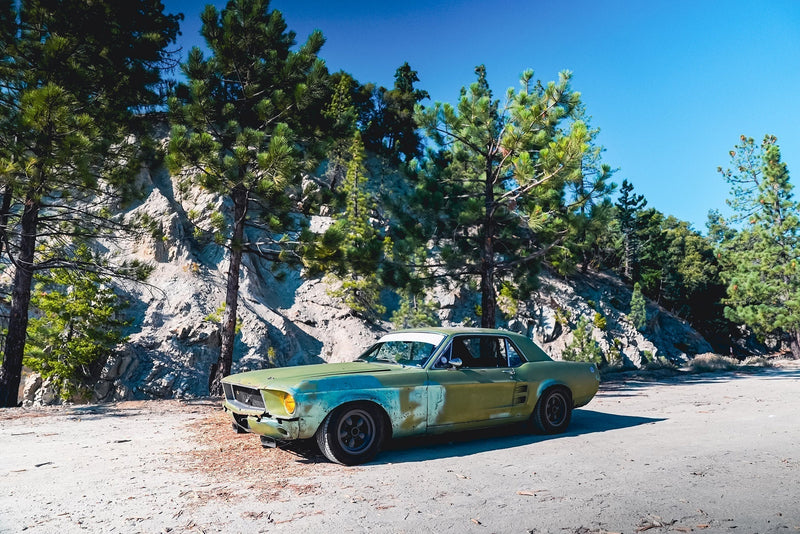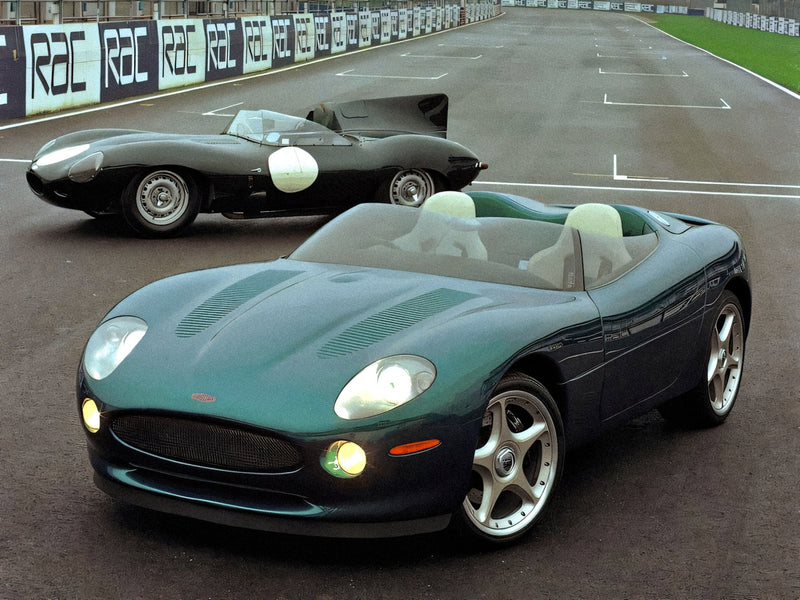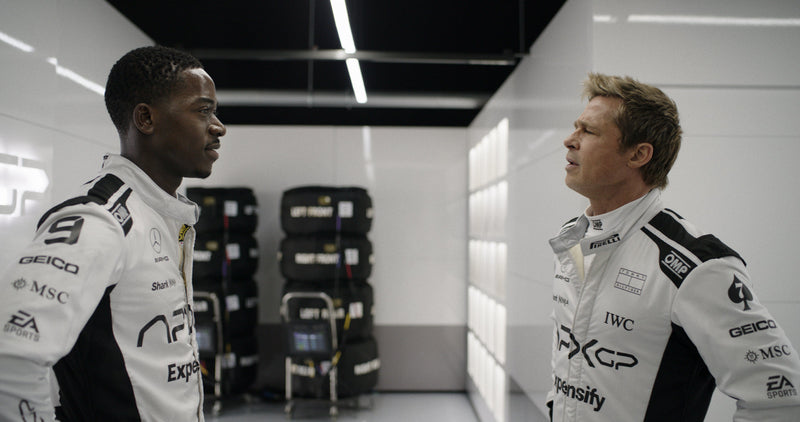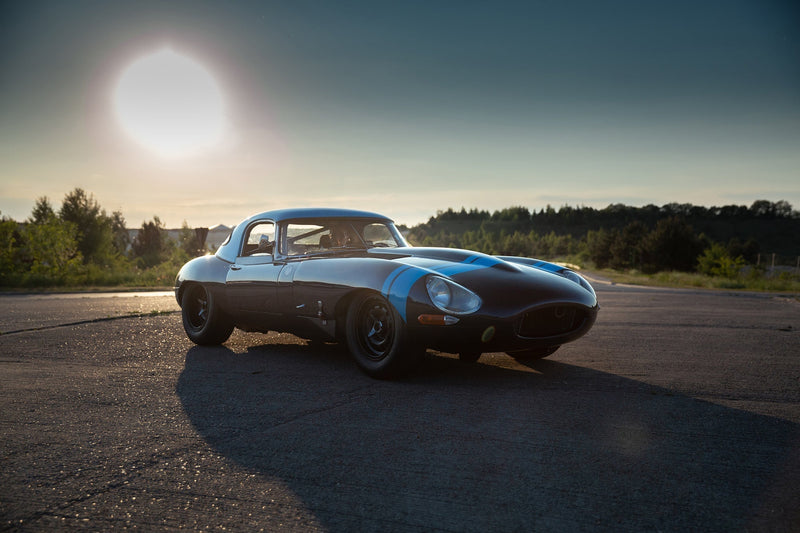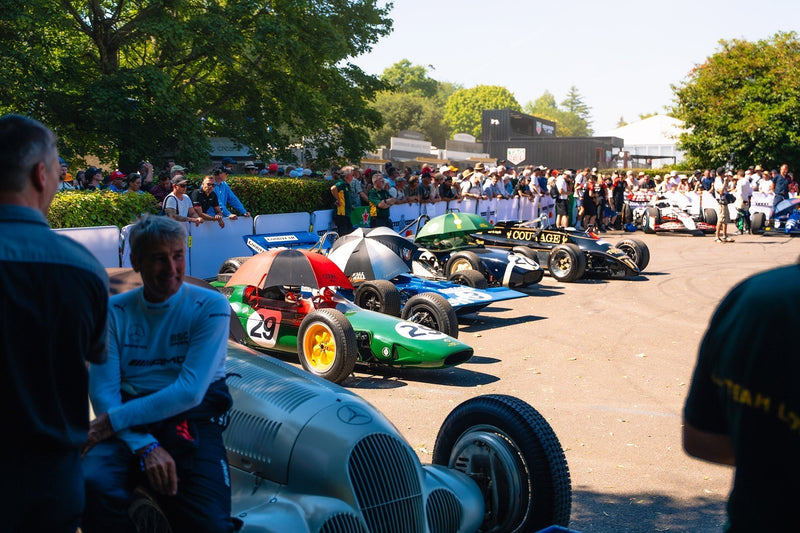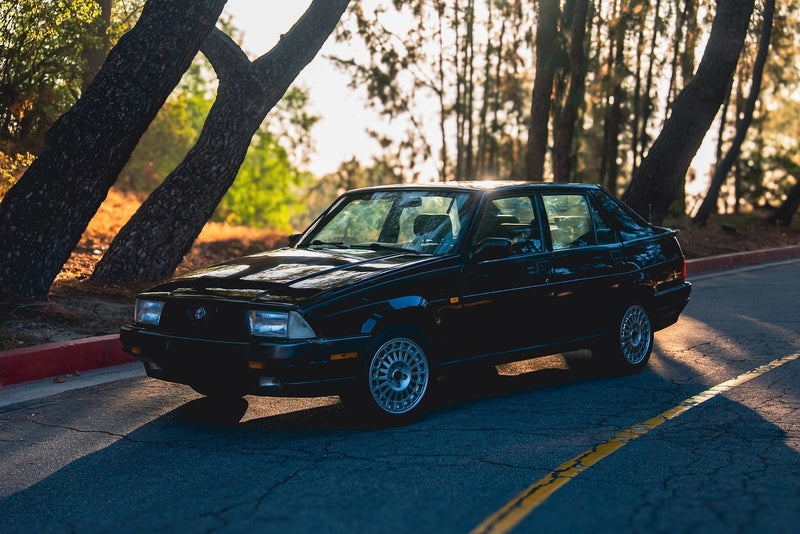In an unassuming little Austrian village in the middle of the Alps, a former saw mill is a piece of earthly heaven for Porsche lovers. Not only is the Helmut Pfeifhofer Porsche Automuseum the only privately owned Porsche-sanctioned museum in the world, it's actually in the same town that the very first Porsches were made in, the fabled production run of 52 early “Gmünd” 356s. I went to get the story of this special place, and it held more than just a few pieces of aluminum inside.

In the aftermath of the second world war, Stuttgart lay in ruins and Ferdinand Porsche was held by the French as part of the repatriation process, so his son Ferry needed to find somewhere suitable to start production of the first cars with the Porsche name on them. Ferdinand had often tested some of his previous designs over the Katschberg Pass, one of the steepest roads in Europe, and knew the mayor of the nearby town of Gmünd. Keen for any economic investment in the small town, he was happy to help find a suitable place for the inventor of the VW Beetle to build some sports cars…



In two years, Porsche made 52 356s (44 coupes and 8 cabriolets) and that might have been the end of the story here… if a young boy hadn't poked his head around the door of the workshop wondering what all the hammering noises were. The line of the very first 356s being built was a significant enough sight to change that boy’s life, as from that moment on he was obsessed with the marque.
It took him twenty years to build up his antiques business to the point where he could afford his first Porsche—a later, Reutter-bodied (which became Recaro) 356 made in Stuttgart—and over the years since, he has amassed a rather huge collection. So big in fact that he needed a proper place to store them all…

As a dedicated Porsche fan he'd been paying from his own pocket to have the roof and windows of the historic building repaired for many years to keep the place weather-sealed, and in the 1980s he asked the mayor if he could buy the place outright. His collection became a museum, and for Petrolicious we got his son Christoph to give us a personal tour.
For a start it's probably the only place in the world you can see a Carrera GT parked next to a tractor. That's no accident of course. The Porsche brand is one of the most well-known car manufacturers in the world, yet it started out very small to bring in much needed income. Before the first cars were made, Ferry produced anything he could sell, such as water-powered generators, winches, and, as any self respecting Porschephile knows, tractors.





Christoph is fond of the Carrera GT: “It's the last super car without driver aids,” he smiles. “Which means it's a very dangerous car.” Along with the Ferrari Enzo and the McLaren Mercedes SLR, the CGT is considered a third of the supercar Holy Trinity of its time. This one is on loan from the Porsche museum. Prices have come down slightly over the last couple of years, and you can pick one up for “just” €600,000 these days. A real bargain compared to the other cars in its exclusive class.
356s and the town of Gmünd are of course tightly entwined, and there is a whole wall of the most significant models lined up in this museum. The American and European versions are displayed side by side so that the differences between them can be seen firsthand; for a long time, America had much stricter safety rules governing cars on their roadways compared to Europe, hence the odd, and not too aesthetically pleasing, US-spec bumpers, and the reason models like the 959 were never sold there.


The 1964 Carrera 2 in this lineup is one of Christoph's favorite cars. That was the year the first 911s were produced, and as the last iteration of the 356 before the 911 took over, the Carrera 2 is considered the absolute best model of the range from an engineering standpoint and makes for a fine addition to any collection in regards to its historical significance.
While 356s are considered an absolutely integral model of Porsche’s history though, not too many people would say the same about the 924. The successor to the VW/Porsche collaboration called the 914 (different designs entirely, but both four-cylinder entry model Porsches) isn't as well loved as the 356 or the 911, but the 924 Carrera GTS is a gorgeous car that few would turn their noses up at. Just 59 GTSes were made for the model to be homologated for competition, and this rare beast in Gmünd is one of the three handmade prototypes.

Rarer still is the breathtaking 935/77 behind it. Any car with the names Ickx and Mass written on the door is special, and this one, with the hand-painted Martini lines and original battle scars from the 1977 World Championship for Makes, is just stunning. I could have spent a day with this car alone. Winner of the six-hour races at Silverstone, Watkins Glen, and Brands Hatch, and although it suffered some retirements, it was still a part of Porsche’s dominant season in which they won every single race that year to claim the championship without much in the way of competition. Like the WRC of the same era, it was only the manufacturers that were credited with world championship seasons, not the individual drivers.






It wears its outrageous be-winged body kit as the Group 5 rules of the day stipulated that only the hood, roof, and doors needed to be stock. With sleeker, more aerodynamically efficient bodywork than the 1976 version and an additional KKK turbocharger, the car could churn up 630bhp and reach a top speed of 227mph given the gearing and the space to get there.
The garishly colored 964 Carrera RS sticks out next, and like every car in the museum, it too has a story. In 1991 there was a waiting list for the new much-anticipated lightweight Carrera RS, and they were so exclusive that you couldn't even choose your color, you were just lucky to get on the list. When Helmut and Christoph went to pick theirs up from the local dealer, they were so horrified at the Ruby Stone scheme that they arranged to take the Speedster that sits downstairs instead. Ten years later though, the same car got offered to them and seeing as they'd already had that previous connection with it, they decided to buy it this time. It's been brightening up the museum ever since.

Downstairs there are a few more notable models. For instance, the Paragon Racing-run Scalextric-sponsored 996 driven by Mark Sumpter and Mike Jordan dominated the GTO class of the 2000 British GT Championship. Christoph has a policy of buying race cars, such as this championship-winner, when they become uncompetitive when the rules change or the later models have superseded them and they are therefore at the minimum value they will ever be bought at. The museum is obviously a very long term project, and in 20 or 30 years when the car is considered a classic it will be displayed, or perhaps the increase in its value will help fund the purchase of another significant Porsche to add to the collection.


The black Carrera Speedster nearby (pictured earlier in the article) also has a history. Most 1950s Speedsters were raced in America, and in 1961 and 1962 this one was taken up Pikes Peak and was also featured in Road & Track magazine. It lived for a few years in Italy afterwards, and then Christoph bought it in 2013 from an older guy who didn't want just anybody to own his precious car. He wanted it to go somewhere where people would properly appreciated it. The museum is perfect for that.
Last, but certainly not least, is 356 020, the 8th oldest surviving Porsche in the world. Gmünd is home to the original 356, and this car was built on these very floorboards 70 years ago. Most of the Gmünd 356s were modified in later years to make them look more like the current Reutter-bodied ones, but this car was left completely original. In the mid-‘70s, Helmut stripped the paint off so he could treat the metal that was starting to corrode... but it reminded him so much of that day back in 1948 that he decided to keep it in bare metal, like it was when Helmut peered around the door all those years ago. And Christoph recently got it running again, making this officially one of the oldest, most original, and working Porsches in existence.

The museum is open year round, and if you’re in the area you owe it to yourself to stop in. Find out more on their website.














































